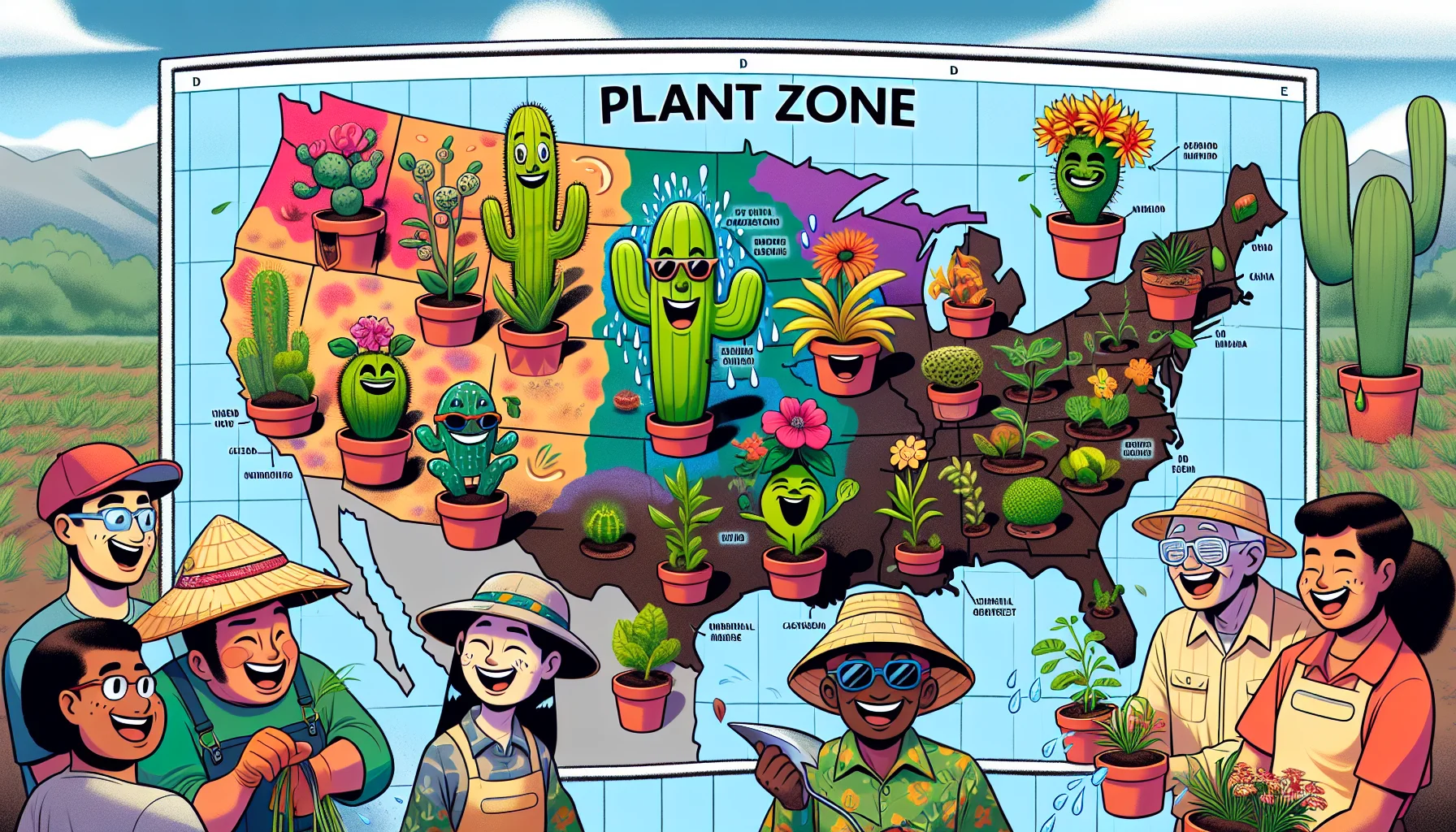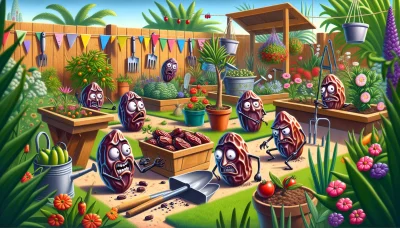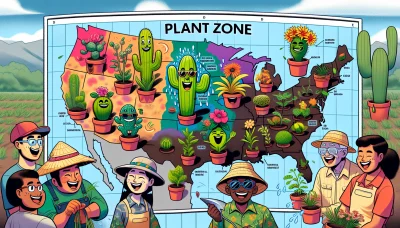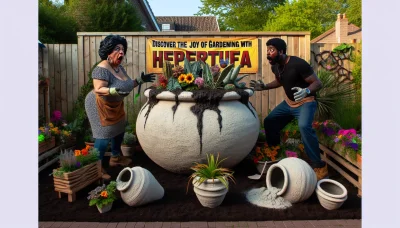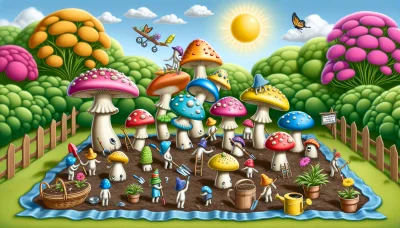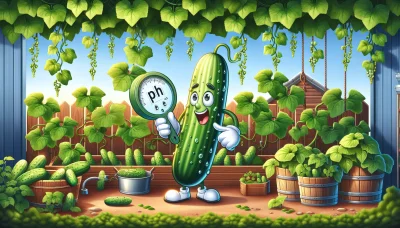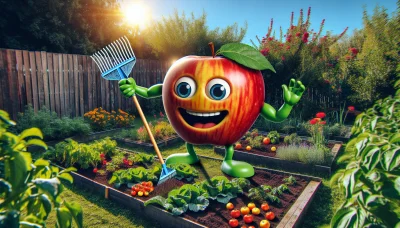Guide to Planting Zones Quiz
Test Your Knowledge
Question of
Guide to Planting Zones
Planting zones, also known as hardiness zones, are geographic areas defined by climatic conditions relevant to plant growth and survival. The concept of planting zones is crucial for gardeners and farmers as it helps in determining the most appropriate and sustainable plants for their specific location. Each zone is categorized based on the average annual minimum winter temperature, guiding individuals on what plants are most likely to thrive in their area. Understanding your planting zone can lead to more successful gardening by ensuring that you select plants adapted to your climate, ultimately reducing the risk of plant loss due to unfavorable weather conditions.
Understanding Plant Hardiness Zones
Plant hardiness zones are geographical areas defined by a range of climatic conditions relevant to plant growth and survival. Created by the United States Department of Agriculture (USDA), these zones are primarily used to help gardeners and farmers determine which plants are most likely to thrive at a location. The zones are determined based on the average annual minimum winter temperature, divided into 10-degree Fahrenheit zones. This system allows for a simplified understanding of the complex factors that influence plant viability, including temperature extremes, and provides a useful guide for landscaping and agricultural planning.
How to Find Your Planting Zone
To determine your planting zone, you can start by consulting the USDA Plant Hardiness Zone Map, which is easily accessible online. Simply enter your ZIP code in the search field provided on the map's website, and it will display your specific zone. Additionally, many gardening books and websites offer detailed zone maps. For more localized information, you can also contact your nearest cooperative extension office or local gardening clubs, as they can provide insights tailored to your area's climate and conditions.
Top Tips for Gardening in Your Zone
- Know Your Zone: Understand the specific climate zone you are in to select plants that will thrive in your area.
- Choose Native Plants: Opt for plants that are native to your zone for better growth and disease resistance.
- Soil Testing: Test your soil to determine its type and pH level, adjusting as necessary to meet the needs of your plants.
- Water Wisely: Learn the watering needs of your plants and your soil's ability to retain moisture to avoid over or under-watering.
- Seasonal Planting: Plant your crops according to the best season for their growth within your zone to ensure a healthy yield.
- Use Mulch: Apply mulch around your plants to help retain soil moisture, regulate soil temperature, and reduce weed growth.
- Companion Planting: Plant certain plants together to naturally repel pests and diseases, and to promote growth.
- Monitor and Protect: Regularly check your plants for signs of pests or disease and take prompt action to protect them.
- Adapt and Experiment: Be willing to adapt your strategies and experiment with different plants and techniques to find what works best in your zone.
- Stay Informed: Keep up with local gardening groups or resources to stay informed about best practices and challenges specific to your zone.
Plants Suited for Each Zone
| Zone | Plant Examples |
|---|---|
| 3 | Siberian Iris, Peony, Daylily |
| 4 | Lupine, Astilbe, Bleeding Heart |
| 5 | Coneflower, Black-Eyed Susan, Shasta Daisy |
| 6 | Butterfly Bush, Russian Sage, Hydrangea |
| 7 | Lavender, Crepe Myrtle, Sedum |
| 8 | Gardenia, Camellia, Rosemary |
| 9 | Bougainvillea, Hibiscus, Oleander |
Maximizing Your Garden's Potential
Understanding your planting zone is crucial for maximizing your garden's potential. This knowledge allows you to select plants that are best suited to your local climate and soil conditions, ensuring better growth and survival rates. By choosing plants adapted to your zone, you can also extend your growing season, improve your garden's sustainability, and even save on water and maintenance costs. Start by researching your specific planting zone, then select plants that thrive in that environment for a healthier, more vibrant garden.
